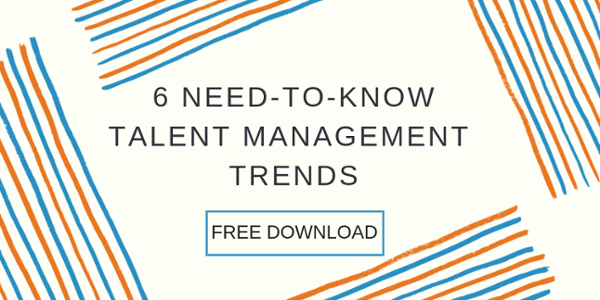It probably goes without saying, but the Midterm elections are this coming Tuesday, Nov. 6. With every election comes questions about how an employer should handle employees who want to vote but have a hard time getting to the poll due to work.
Here's what you need to know as an employer:
- There is no federal law mandating time off for workers to vote.
- However, the majority of states have some "time off" protections for employees to get to the polls.
- You can check your state's policies at workforcefairness.org.
A Quick Look at State Laws
The widely varying state laws have some common themes, ranging from how many hours a voter is granted, whether it's paid time off, how much notice workers need to give employers and if they need to show proof of voting. Here are the three most populous state's policies:
- California: Workers get up to two paid hours off if they do not have enough time to vote during their nonwork hours. The law requires workers to notify their employers two working days before the election if they need to take time off to vote (California Secretary of State).
- Texas: Employees can take paid time off on Election Day, unless they have at least two consecutive hours to vote outside of the working hours. There's no mention of requiring prior notice or needing to show proof of voting (Texas Workforce Commission).
- Flordia: There are no laws mandating time off be given to workers to vote (workplacefairness.org).
Encouraging Qualified Voters to Vote is Nonpartisan
Encouraging employees to vote is nonpartisan and reiterates to your workforce that you care about them beyond their clock-in/clock-out time. Many industry associations have invested in mobilizing the workers in their fields to vote.
The Associated General Contractors of America (AGC) has a voter registration program as part of its Construction Votes initiative. Its guide to getting out the vote includes these tips:
- Conduct a voter registration drive (many states offer day-of registration, as well).
- Provide early voting information int he 37 states that offer it (keep this in mind for 2020).
- Educate about candidate stances by having voting record and candidate literature available
The National Association of Manufacturers has an Election Center, where you can view candidates, register to vote and find your polling place.
Most unions encourage high voter enthusiasm, as well. The AFL-CIO promotes myunionvote.org, a site where voters can register to vote, make a plan to vote and look at candidates in “battleground” states.
With just a few days left until the Midterms, your qualified and registered employees should have their voting plan in place, and you should know how to react to their desire to get to the polls.
And don't forget... 2020 is just around the corner - be ready to encourage early voting then to avoid future Election Day conflicts.




